MORP DNA results of 489 apple leaf samples collected by MORP and submitted to the USDA-ARS National Laboratory for Genetic Resource Preservation for identification, sorted by name. Click the arrows at the bottom of the document to scroll through all pages or click the link to see full document. MORP DNA Results_name http://montezumaorchard.org/wp-content/uploads/2017/11/MORP-DNA-Results_name.pdf
MORP DNA results of 489 apple leaf samples sorted by tree ID number. Click the arrows at the bottom of the document to scroll through all pages or click the link to see full document. MORP DNA results_treeID http://montezumaorchard.org/wp-content/uploads/2017/11/MORP-DNA-results_treeID.pdf
Details:
- 58 named cultivars
- 34 unknown cultivar matches to other samples – likely named cultivars not in ARS dataset
- 103 unique unknown cultivars – some are likely seedlings. However, MORP took care to collect from grafted – not seedling trees – so many of these unique unknowns are also likely named historic cultivars not listed in the ARS dataset
- 195 cultivars in total out of 489 MORP samples
Testing made possible by a 2015 Colorado USDA Specialty Crop Block Grant award to MORP
Historic Apple Cultivar Identification Using DNA Fingerprinting Techniques by Gayle Volk, USDA-ARS National Laboratory for Genetic Resource Preservation (article from MORP 2016 newsletter)
Apple cultivars are traditionally vegetatively propagated by grafting; many apple cultivars have been sold and exchanged over the centuries. During the American homestead era, apple trees were planted on properties as part of the process of cultivating the land. Cultivars purchased as grafted trees from nurseries often had desirable traits, such as large, higher quality fruit that could be eaten fresh, stored for extended lengths of time, or used for cider production. Trees planted from seeds often did not exhibit desirable traits for fresh consumption, and were instead used primarily for cider. Many historic apple cultivars remain available today as grafted trees in national and private collections. In fact, DNA genetic fingerprinting techniques have been used to develop a database of fingerprints of materials in the USDA collection for use in unknown cultivar identification.
An informal collaboration among the Montezuma Orchard Restoration Project, historic orchards of Wyoming (both through USDA Specialty Crop Research Grants), Yosemite and Redwood National Parks, as well as El Dorado National Forest is underway to identify locally important historic apple cultivars. This effort seeks to use known historic cultivars in the USDA- ARS National Plant Germplasm System Apple Collection—as well as selected varieties in collections at Washington State University and the Temperate Orchard Conservancy (Oregon)—as standards to determine the identities of unknown apples.
Leaf tissue from key historic apple trees was sent to the National Laboratory for Genetic Resources Preservation in Fort Collins, Colorado. A graduate student from the University of Wyoming has been extracting DNA from these leaf samples and will be preparing the extracts for fingerprinting analyses. Molecular markers, termed “microsatellites”, will be used to compare the genetic identities of the unknown (or tentatively named) cultivars to those in known collections. We hope to be able to identify many of the grafted materials that were previously unknown. This method of genetic testing will only yield cultivar names for grafted varieties; therefore, historic trees that originated from seedling sources will likely remain unidentified.
Publications that relate to this work are: One is a publication by Kanin Routson, Ann Reilley, Adam Henk and Gayle Volk titled “Identification of Historic Apple Trees in the Southwestern United States and Implications for Conservation” (HortScience 2009. 44:589-594) and another was published by Gayle Volk and Adam Henk “Historic American Apple Cultivars: Identication and Availability” (J. Amer. Soc. Hort. Sci. 2016. 141:292-301).

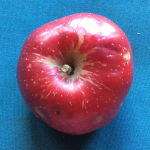
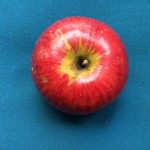
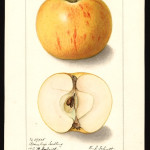

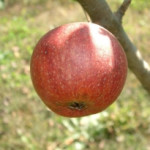
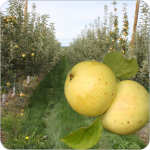
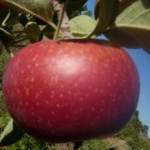

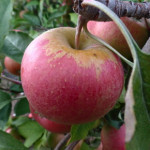
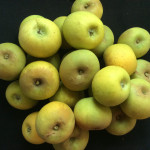
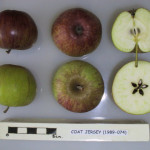
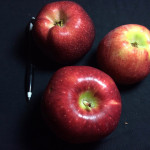
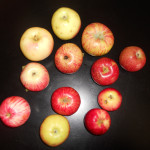

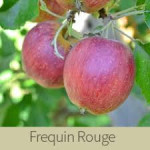
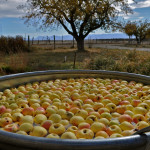
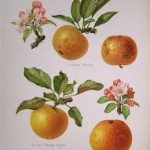
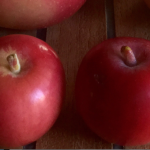

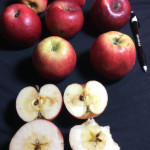
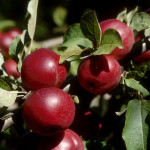
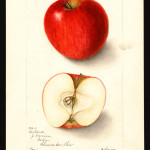
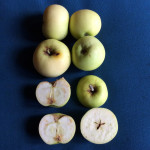
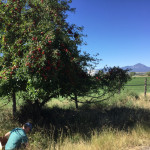
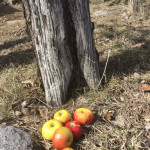

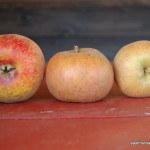
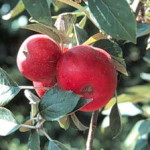

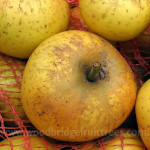
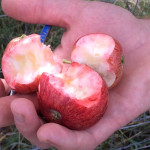
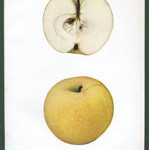
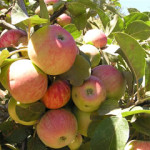

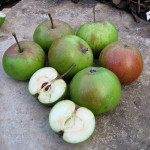





You must be logged in to post a comment.